ChildVoice’s 2018 Annual Report examines our growing efforts to expand our impact into Ugandan, South Sudanese, and Nigerian refugee communities as we continue to build upon the solid foundations we’ve laid at the Lukome Center and develop sustainable solutions to help displaced and war-affected girls recover and thrive.
For well over a decade, the Lukome Center in northern Uganda has served as ChildVoice’s flagship program; however, over the years we came to recognize the limitations of a center-based approach. In 2017, we began exploring new community-based strategies to bring our much-need therapeutic, educational, and vocational training programs into refugee camps and settlements. By the end of the 2018 fiscal year, we had enrolled 800 displaced South Sudanese girls at Imvepi Refugee Settlement in northern Uganda, and were providing them therapeutic counseling, as well as basic vocational training in areas like agriculture, baking, and soap making. At the same time, having opened an office in Nigeria, we began setting up Girl Empowerment Centers at Pare and Malkohi internally displaced person (IDP) camps in Nigeria.
Three representative stories outlining the experiences of three girls--Ugandan, Nigerian, and South Sudanese--showcase both the individual and collective needs of war-affected girls, and the center-based and community-based work ChildVoice is doing to help these girls recover from trauma, develop valuable skills, and build new lives for themselves.
A concise set of statistics regarding war-affected and displaced populations provide context for the scope of work that is needed within the countries in which ChildVoice has established a presence. (For example, the number of internally displaced persons in Nigeria by the end of 2017 totalled over 1.7 million.)
Finally, an overview of ChildVoice’s financials provides an overarching budgetary picture. In 2018, donations to ChildVoice surpassed $1 million dollars for the first time, over 80 percent of which went to program expenses.




